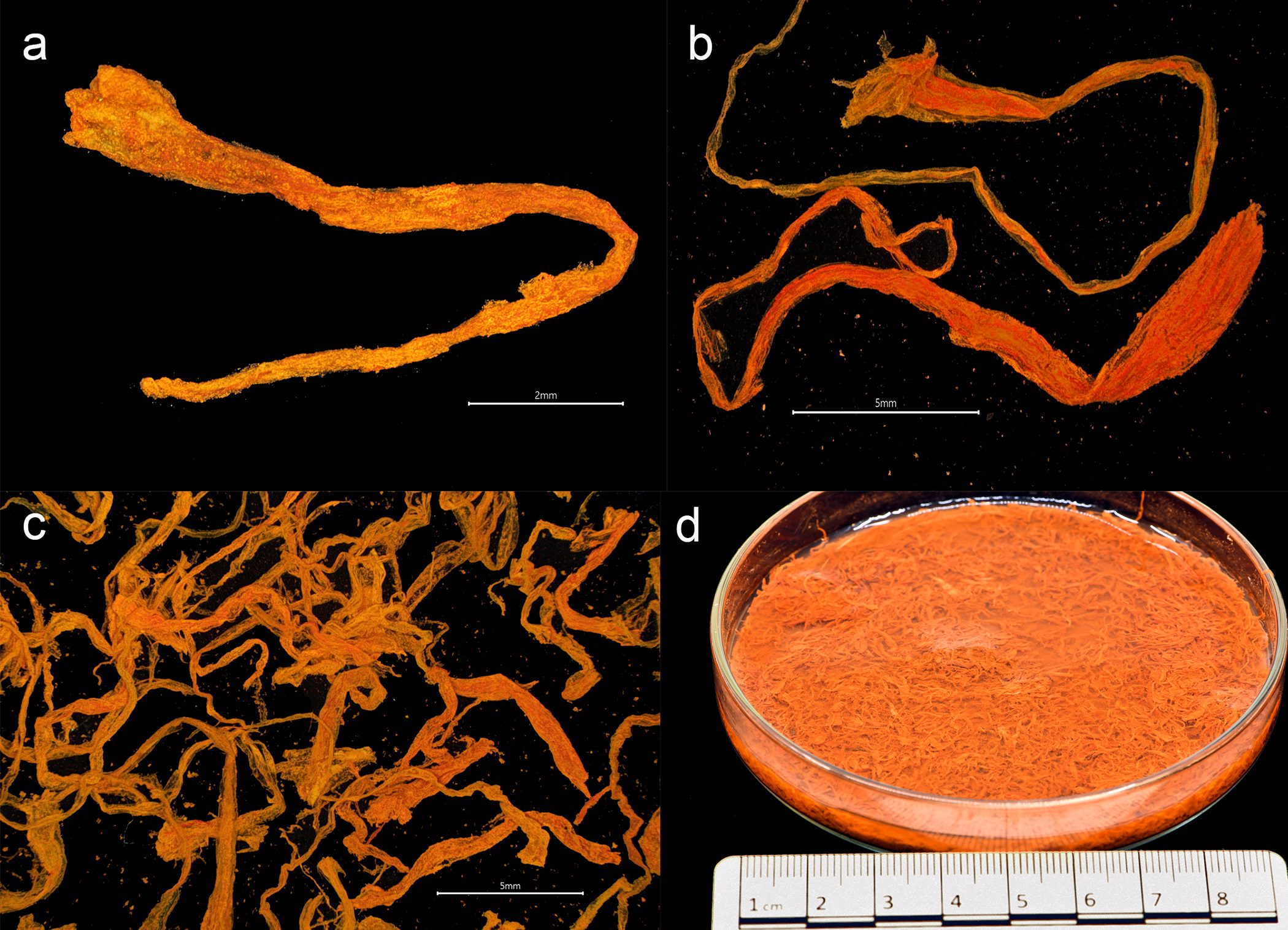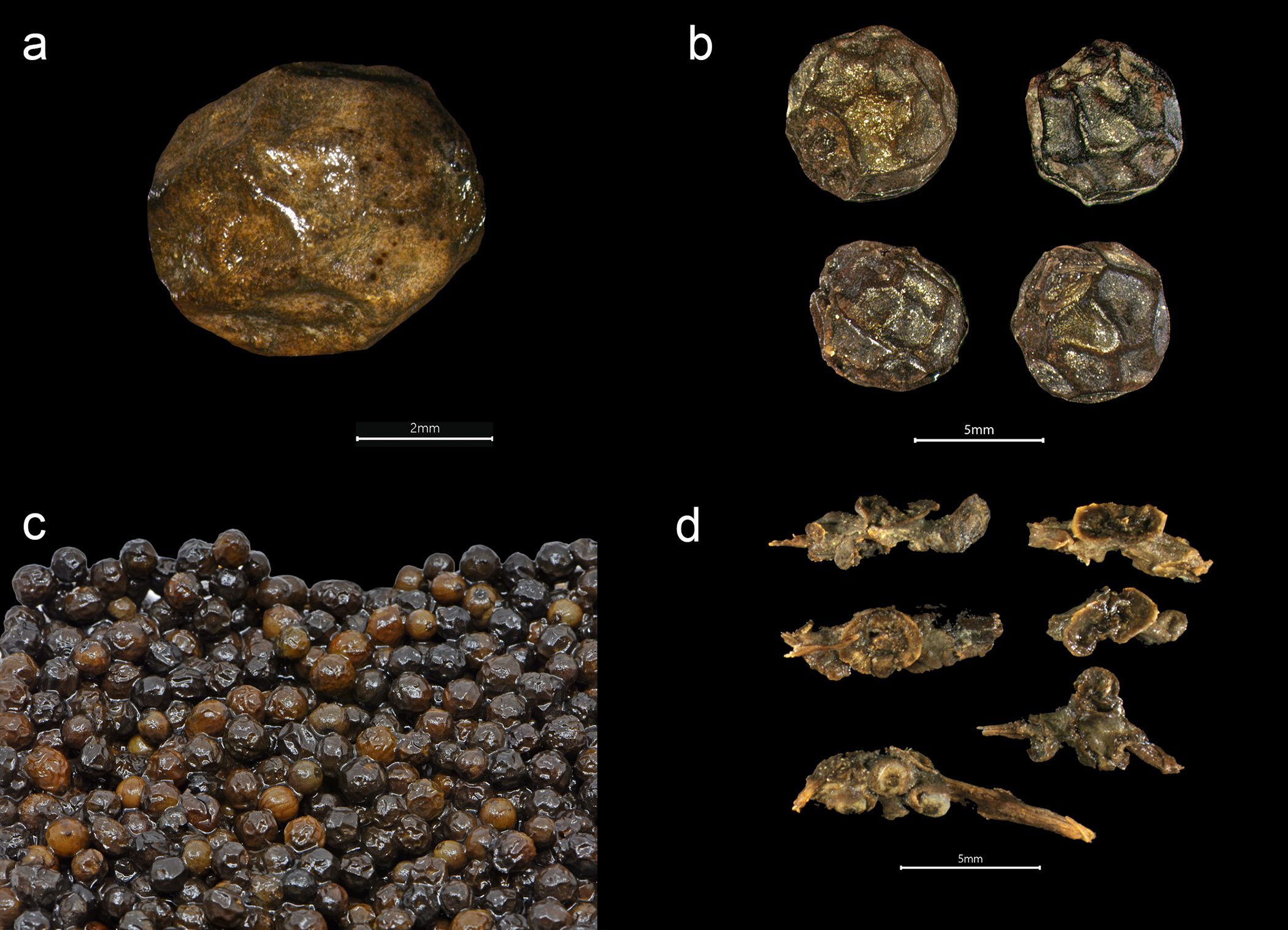An archaeological investigation of a well-known shipwreck off the cost of Sweden has revealed a glimpse into life in the royal courts of 15th century Scandinavia, with the discovery of more than 3,000 plant specimens on board – including such exotic and exclusive spices as saffron, ginger, cloves, peppercorns, and almonds.
The sinking of Gribshunden is a story that wouldn’t be out of place in a comedy show: the ship was meant to be the flagship of King Hans (John) of Denmark and Norway, bringing the monarch from Copenhagen, in Denmark, to a political summit in Kalmar, Sweden, in 1495. His hope was a simple one: he wanted to unite the three Scandinavian countries – specifically, to unite them under his rule.
Instead, the ship burned down and sank before it ever reached its destination, taking with it incalculable riches intended to court the Swedes to join the Danish-Norwegian kingdom.
The ship, and its cargo, stayed hidden under 10 meters (33 feet) of water in the seas off the north side of Stora Ekön, on the south coast of Sweden, until it was rediscovered in the 1970s. Naturally protected over the centuries by the exceptional environmental conditions of the Baltic sea, Gribshunden is now considered by experts to be one of the world’s best preserved 15th-century ships, with a slew of archaeological finds being collected from the wreck over the decades.
The new study, though, is the first to consider the plant life that was taken on board the ship. It’s important not just for the archaeological record – many of these plants represent the earliest known examples of their species in the Baltic region – but it also gives what the researchers are calling “an unparalleled insight into the workings of the late medieval Nordic royal court.”
It’s no exaggeration: more than just a ship, Gribshunden was nothing less than a “floating castle”, the researchers write, serving as the flagship and mobile seat of government of the king. Along with the hopeful Hans, the ship was fully stocked with ostentatious displays of the king’s wealth and authority: artillery, a battalion of professional soldiers, and small arms including crossbows and gunpowder weapons, as well as signifiers of soft power like coinage, artwork, and livery.
And if there was one thing that was guaranteed to impress back in 15th century Europe, it was a fully-stocked spice rack. It’s easy to take things like nutmeg and cloves for granted today, but entire wars and bloody genocides were carried out in the name of these now-humble flavorings: “Only those who possessed sufficient financial resources could afford these expensive food items,” the researchers note. “[They were] a luxury limited to the elites.”

As such, these exotic spices would serve not just as ways to make the King’s meals tastier on his journey from Copenhagen to Kalmar – though they certainly would have been used for that too – but as “a crucial aspect of King Hans’ and other monarchs’ presentation of themselves to their subjects,” the researchers write.
“Had Gribshunden safely arrived in Kalmar, from its decks Hans would have employed all manner of elite signaling to impress the Swedish Council,” they explain. “The consumption of exotic foods certainly was symbolic of prestige and social superiority within Hans’ realm. It also demonstrated that King Hans and medieval Denmark were culturally integrated with the rest of Europe, and the world beyond the continental borders.”

Of course, it’s hard to sail to Kalmar when your boat is on fire and under water, and Hans would not make it to the summit in time to woo the Swedish rulers. Instead, he had to rely on the old mainstay of international diplomacy: warfare. After a short and effective military campaign – helped in no small part by the fact that the Swedish nobility were all kind of sick of the guy in charge anyway – Hans eventually took the crown of Sweden in 1497, finally achieving his goal of uniting Denmark, Norway, and Sweden under the Kalmar Union.
The loss of Gribshunden – and its lavishly stocked pantry – would no doubt have been a huge loss to the Danish crown, but it’s a priceless discovery for modern archaeologists.
“The Gribshunden assemblage of provisions and exotic spices is the only known archaeological example of a substantially complete royal medieval pantry,” the researchers write. “We [can] glimpse the cultural and social signifiers of the elite: how the monarch and nobility behaved, what they ate, how their food was prepared. This allows discussion of medieval elite consumption and the social differentiation of foodways.”
The study is published in the journal PLOS ONE.
Source Link: Ancient Shipwreck Reveals Unprecedented Glimpse Into Medieval Royal Luxury